Poisonous Snakes of the India
Poisonous Snakes of the
India
We all know about snakes, chief poisonous snakes of the India
belong to four categories, which are:
1. Cobras.
2. Kraits.
3. Vipers.
4. Sea-snakes.
Cobras
These are highly poisonous snakes. Third supra-labial touches nasal
scale and eye. Neck can be expanded into a hood which may bear spectacle mark.
Out of ten species of cobra, only two are common in India, which is:
1. Common Indian Cobra (Naja naja), and
2. King Cobra, (Naja Hannah).
The common Indian Cobra is brown or dark
blackish in colour. The colour turns golden yellow after hibernation. It is
usually found in old and deserted buildings. Its chief characteristic is the
presence of a well- marked hood. According to the marking on the hood there are
three types of cobras:
1. The hood bears a spectacle mark. Such forms are found in
Maharashtra.
2. The hood bears a single oval spot surrounded by an ellipse. These
are called monocle cobras and are found in Bengal and Assam.
3. In some there are almost no marks on the hood. Such forms are
found in Cutch, Rajasthan and MP.
Another characteristic of cobras is the presence of a third
supralabial scale which extends from the eye to the nasal scale. The subcaudals
are double (paired) and bellyplates are entire. White cobras have also been
reported from some parts of the country. The cobras are oviparous. The venom of
cobra is neurotoxic.
The King Cobra is usually found in
dense forests. It grows to a length of about 3 metres. It is found in Assam,
the Nilgiri hills and parts of karwar. Its hood is without any mark and is less
wide but longer in size. The subcaudals near the vent or anus are not paired. It
possesses two large occipital shields behind the parietals on the poisonous
snakes. The venom is neurotoxic in nature.
Krait
It is a highly poisonous snake and has characters like, broad
band like plates on the belly, vertebral scales enlarged and hexagonal, fourth
infra-labial is the largest, and lail is cylindrical. Kraits are deadly and
strongly keeled. The scales on the sides of the body have serrations and hence
it is called saw-scaled viper. Three species of Kraits are found in India, Bungarus
coeruleus, Bungarus fasciatus and Bungarus niger.
Viper
These snakes have pear-shaped heads covered with small scales. There
are broad plates on the belly. There are two types of vipers, Pit viper and
Pitless viper. Pit viper snakes have a distinct pit on either side of
the head between the nostril and the eye. For example, Ancistrodon
himalayansis, A. Hypnale, Trimeresurus gramineus (green pit viper).
On the other hand, Pitless viper snakes have the same characters
as pit vipers but without any pit. Russel`s viper is a type of pitless viper,
it is commonly found in the rocky regions of the India. It is brownish in
colour with three rows of large diamond-shaped spots on the dorsal side of the
body. It produces a loud hissing sound. Vipers are highly poisonous snakes.
Sea Snake
These are highly poisonous snakes. The tail is flat being
laterally compressed. Belly plates are not broad. Nostrils are situated at the
tip of snout and provided with valves. The back is dirty green or dull blue in
colour and the ventral side is white. There are black, greenish or bluish
stripes on the back. The sea snake which is commonly found in the coastal
waters of India is Hydrophis.
Reference
Also See
• Parrots
• Bats
• Bears
• Birds
©
Don`t Kill Creatures of
Nature, You have No Right to Do That
Being Vegetarian, Love
Creature of Nature
Live and Give Space for
another Life
Save Nature
Love Nature
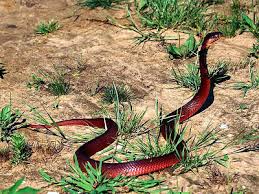








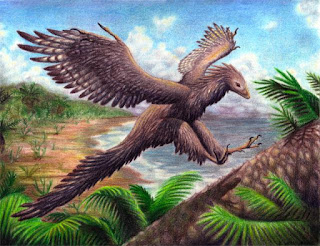
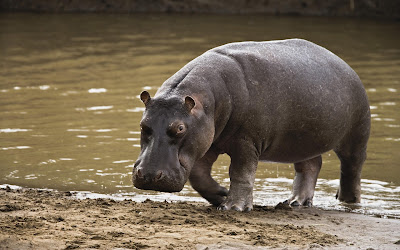



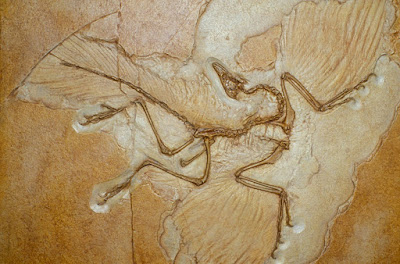

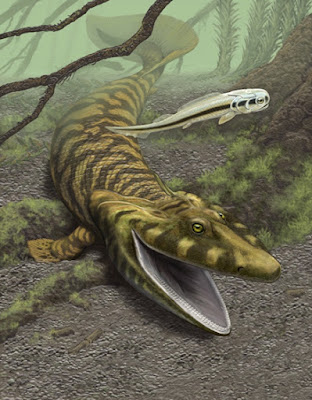
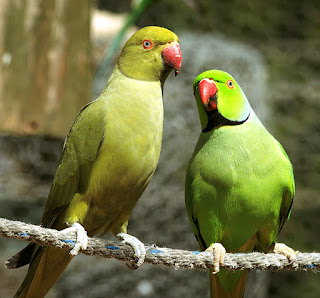
"You can have anything you want in life if you dress for it." Buy International Brands in domestic Price.Fashion for each
ReplyDeleteWhen I originally commented I clicked the "Notify me when new comments are added" checkbox and now each time a comment is added I
ReplyDeleteget three emails with the same comment. Is there any way you can remove people from that
service? Cheers!
just look below the page in your email, there is a Unsubscribe option, that will remove all.
ReplyDeleteI haven’t any word to appreciate this post.....Really i am impressed from this post....the person who create this post it was a great human..thanks for shared this with us. twitter trends
ReplyDelete